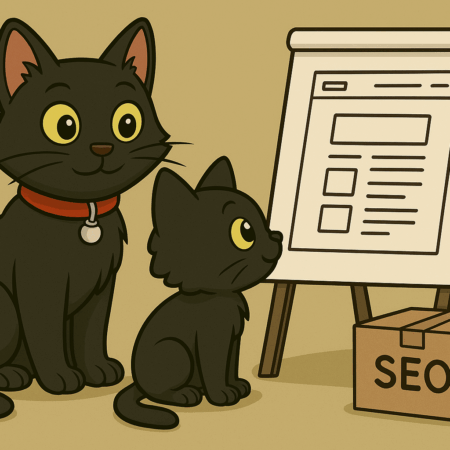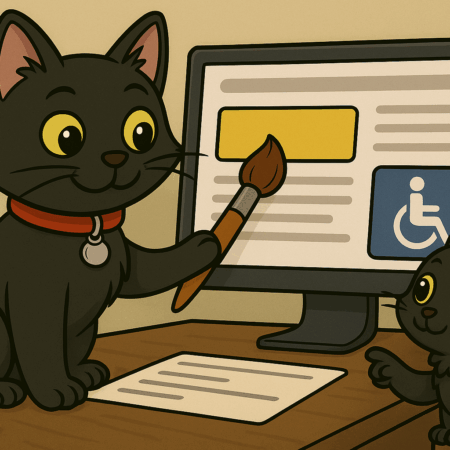It is not uncommon for website sales people and promoters to talk about “hits”, but the problem is, it is one of the worst vanity metrics possible for calculating the actual popularity of a site, and, in terms of them trying to sell themselves to you, the actual number of people who visit and might benefit from your advertising with them.
In web analytics, the term “hits” refers to the total number of requests made to a web server for files on a website. However, it’s a very misleading metric if you’re trying to understand actual website traffic or popularity.
Here’s what a “hit” actually means:
- Every time a web browser requests any file from your website — whether it’s a page (HTML), image, CSS file, JavaScript file, or video — it counts as one hit.
- So, one page view might generate dozens of hits, or more, depending on how many elements the page includes.
Example:
Suppose someone visits your homepage. That page might contain:
- 1 HTML file
- 5 images
- 2 CSS files
- 3 JavaScript files
Total hits = 11, but it’s only 1 page view and probably 1 unique visitor.
More meaningful alternatives to “hits”:
- Page Views: Number of times a page was loaded.
- Sessions: Number of individual browsing sessions by users.
- Unique Visitors: Number of distinct users visiting the site.
- Bounce Rate: Percentage of sessions where the user left after one page.
- Engagement Time: How long users stay on the site.
Summary:
“Hits” = raw server requests, not people or visits.
It’s mostly useful to server administrators, not marketers or analysts. If you’re analysing user engagement or web traffic, rely on metrics like page views, sessions, or unique visitors instead.













No Comment! Be the first one.